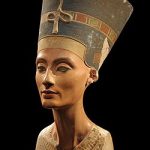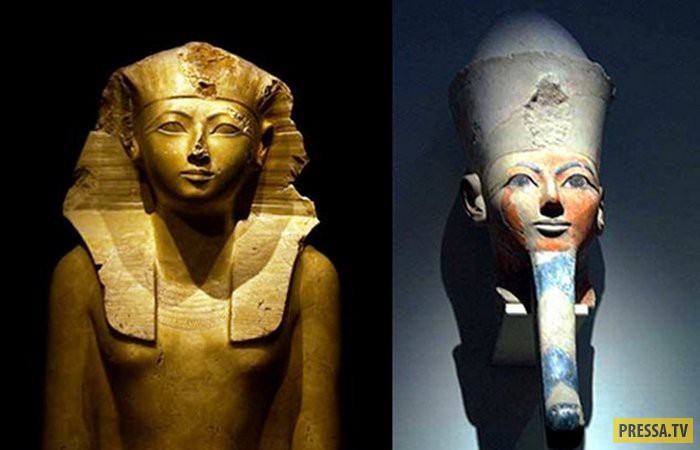Egyptian Pharaohs were the kings and
The first pharaoh of Egypt was Narmer, who united Upper and Lower Egypt around 3100 BC. He established the capital city of Memphis and created the first dynasty of pharaohs. The pharaohs of the Old Kingdom (2686-2181 BC) were known for building the famous pyramids, such as the Great Pyramid of Giza, which was built by Khufu. They also developed a complex system of government, with a bureaucracy that was responsible for managing the country’s resources.
During the Middle Kingdom (2055-1650 BC), pharaohs became more interested in the welfare of their people. They built canals and irrigation systems to improve agriculture, and they constructed temples and other public works. The pharaohs of the New Kingdom (1550-1070 BC) were known for their military conquests and expansion of the empire. Hatshepsut was one of the most famous pharaohs of this period, and she was known for her successful trading expeditions to the land of Punt.
The pharaohs of ancient Egypt were also known for their religious beliefs. They believed in a pantheon of gods and goddesses who controlled the forces of nature and human destiny. The pharaohs were seen as intermediaries between the gods and the people, and they were responsible for maintaining Ma’at, the cosmic order of the universe. They built elaborate temples to honor the gods and goddesses, and they sponsored festivals and rituals to ensure their favor.
One of the most famous pharaohs of ancient Egypt was Tutankhamun, who ruled from 1332-1323 BC. He became famous because of the discovery of his tomb in 1922 by archaeologist Howard Carter. Tutankhamun’s tomb was filled with treasures, including his gold death mask, which has become an iconic symbol of ancient Egypt. Despite his fame, Tutankhamun was a relatively minor pharaoh who died at a young age.
Another famous pharaoh was Ramses II, who ruled from 1279-1213 BC. He was known for his military campaigns and his building projects, including the temple complex at Abu Simbel. Ramses II also signed the first peace treaty in history, with the Hittites, which ended a long period of warfare between the two empires.
Not all pharaohs were successful rulers, however. Akhenaten, who ruled from 1353-1336 BC, tried to establish a new monotheistic religion centered around the worship of the sun god Aten. His reforms were unpopular with the powerful priesthood, and he was eventually forced to flee the capital city of Thebes. His successor, Tutankhamun, reversed many of his reforms.
The last pharaoh of Egypt was Cleopatra, who ruled from 51-30 BC. She was the last of the Ptolemaic dynasty, which was established by one of Alexander the Great’s generals. Cleopatra was known for her beauty and her relationships with Julius Caesar and Mark Antony. Her reign marked the end of ancient Egyptian civilization, as Egypt became a province of the Roman Empire after her death



















Add Comment